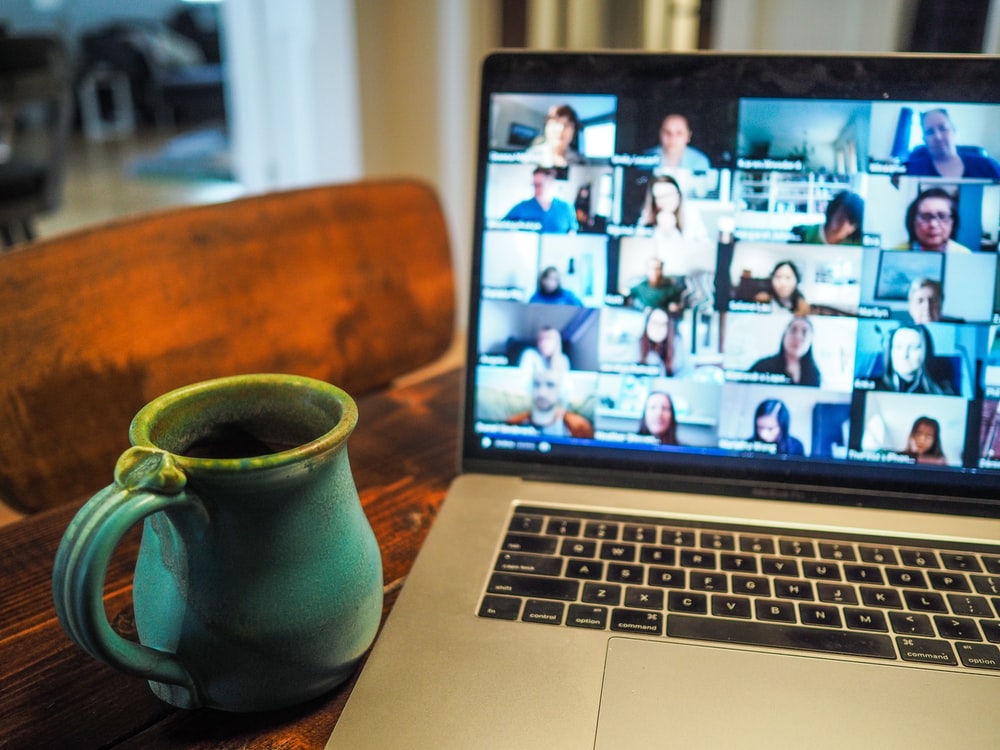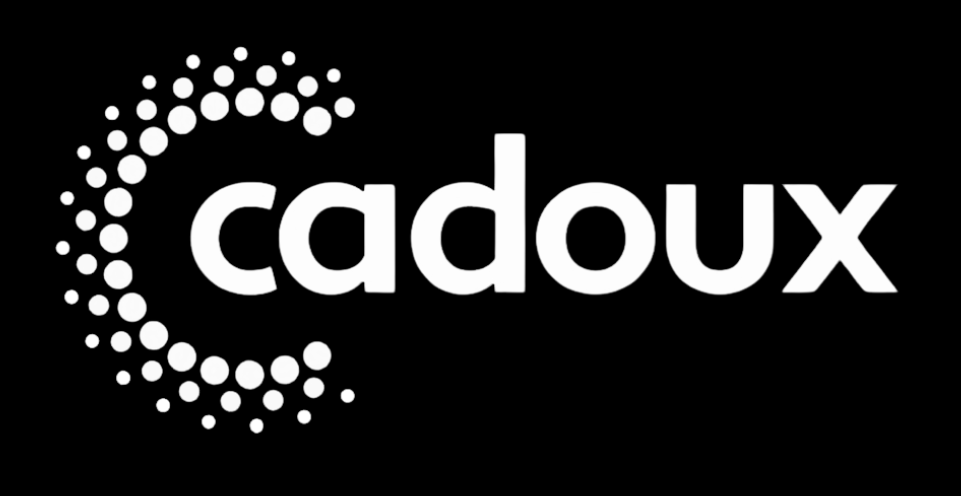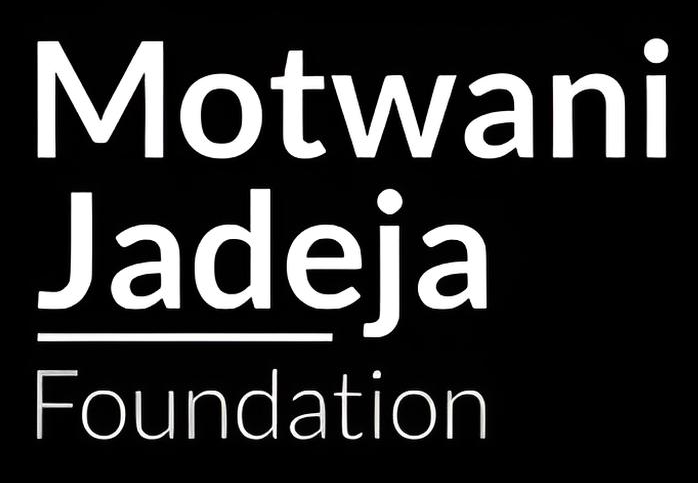Even before it was first released in early July, the hype surrounding Pokémon GO was borderline fanatical. A mere three weeks later, the augmented reality game has firmly established itself as a cultural phenomenon.
Strongly marketed as a way to bring the beloved Pokémon franchise to the real world, Pokémon GO tracks players’ movements via their phone’s GPS, encouraging exploration of the surrounding environment to catch Pokémon, battle other players at Pokémon gyms, and stock up on supplies through PokéStops.
Although the game is still awaiting release in many Asian and European countries, Apple has recently reported that it broke the record for the highest number of downloads during its launch week on the App Store and that it’s also the most popular app on both the Free and Top Grossing charts.
Additionally, the CEO of Niantic Labs–the company that developed and published Pokémon GO–announced at this year’s San DieGO Comic-Con that players are only experiencing a mere 10% of the final product. While this means that many exciting features will be slowly added with each update, it also ensures that Pokémon GO will be around for a very long time.
Despite the game’s massive success, it is also a huge cause of overwhelming concern and confusion for the older generation.
First, there was the issue that the app might have full access to personal information. Then there were robbers exploiting in-game “lure modules” to literally lure victims. And of course, there are stories after stories of players inadvertently hurting themselves, other people, and even causing traffic accidents because of their inattention and recklessness.
Along with many older people simply not understanding the big deal about a strange game, there are also comments of scorn and condemnation like “Your eyes shouldn’t be glued to your phone all the time,” “Stop playing a kid’s game,” “How about you get a real life,” and many other stereotypes attributed to most young adult Pokémon GO players.
Pokémon GO may just be a game, but these reactions highlight the difference between “millennials” and previous generations like “Generation X” and “baby boomers”.
These hot button generational terms should be taken lightly since it can be a bit too simplistic to box in a whole age group, but there is no doubt that millennials—vaguely defined as those between the ages of 18 and 35—were quick to adapt to the advent of technology like television, computers, the Internet, and yes, even video games.
For most millennials, Pokémon GO taps into the nostalgia of playing the Pokémon games during their youth. And nostalgia is a powerful tool, something that Niantic Labs is fully aware of and completely capitalizes on.
In the first Pokémon GO trailer that was released 10 months aGO, the game is clearly marketed towards adults: old enough to be independent and self-sufficient yet young enough to enjoy a new spin on a fun game that they grew up playing. It even has young parents playing Pokémon GO while introducing the idea of Pokémon to their child for the very first time.
Understandably, most of the older generations find Pokémon GO—and video games in general—difficult to wrap their heads around. It is not just because they lack that personal connection, therefore concluding that it is “just another game,” but it also comes off as counter-intuitive to their work ethic regarding life.
For the older generation, there is an emphasis on hard work always leading to success, being a self-made individual, and establishing enough security until one can finally enjoy what life has to offer. To do otherwise would be a waste of time, effort, and money.
On the other hand, the intersection between productivity and entertainment is not uncommon for millennials. In fact, the integration of pleasure into work and vice versa is actually encouraged.
TV is not just for daily news, but also for the enjoyment of sports and fun shows. The Internet yields critical information for academic research while housing cat videos and endless fodder for mindless web-surfing. And while Pokémon GO is centered around catching and battling invisible monsters that can only be seen on phone screens, it motivates players to GO outside and fosters an incomprehensible sense of community.
Obviously, there are exceptions to the respective generations. There are people over the age of 50 who adore Pokémon GO and those in their twenties who despise it.
And while there have been many dangers involving the game, there are just as many—if not more—positive things that have come out of it.
Players unintentionally get much more exercise than what they’re used to, even helping improve mental health. Dog shelters are sponsoring Pokémon GO dog walks leading to healthy, happy, and some adopted dogs. Museums, art installations, and public monuments are gaining more attraction because of their statuses as PokéStops. Even small time, local business are profiting from the game by using not-so-sneaky business strategies to gain more customers.
Pokémon GO is not just for millennials; at least for the near future, it is here to stay. Whether it is a fad or not, anyone can enjoy it as long as they have the desire to catch ‘em all.



































